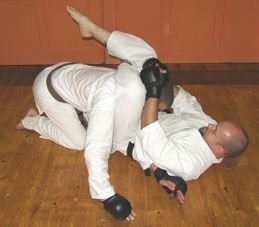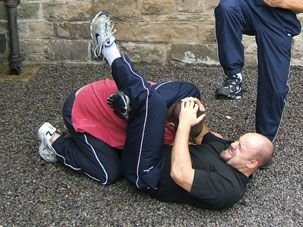Does kata reflect a street attack? Is it artificial? Is it controlled?
Is scenario training artificial? Is that controlled?
Not my definition this is yours. Artificial controlled training is no good for self defence.
So if kata and scenario training are artificial how do you justify it?
IMHO, everything is controlled, to an extent. Short of going out to the bar and starting a fight on the street, then as I said, everything is controlled to a point. As for kata...as I've said in other debates on the pros/cons of kata, I do it, mainly because in all of the arts I've either done or currently do, there's kata. Personally, I feel that in many cases, people are just going through the moves, because the person teaching, has no clue what the moves are. During my training years, I've ran into this many times. Fortunately, that has changed.


